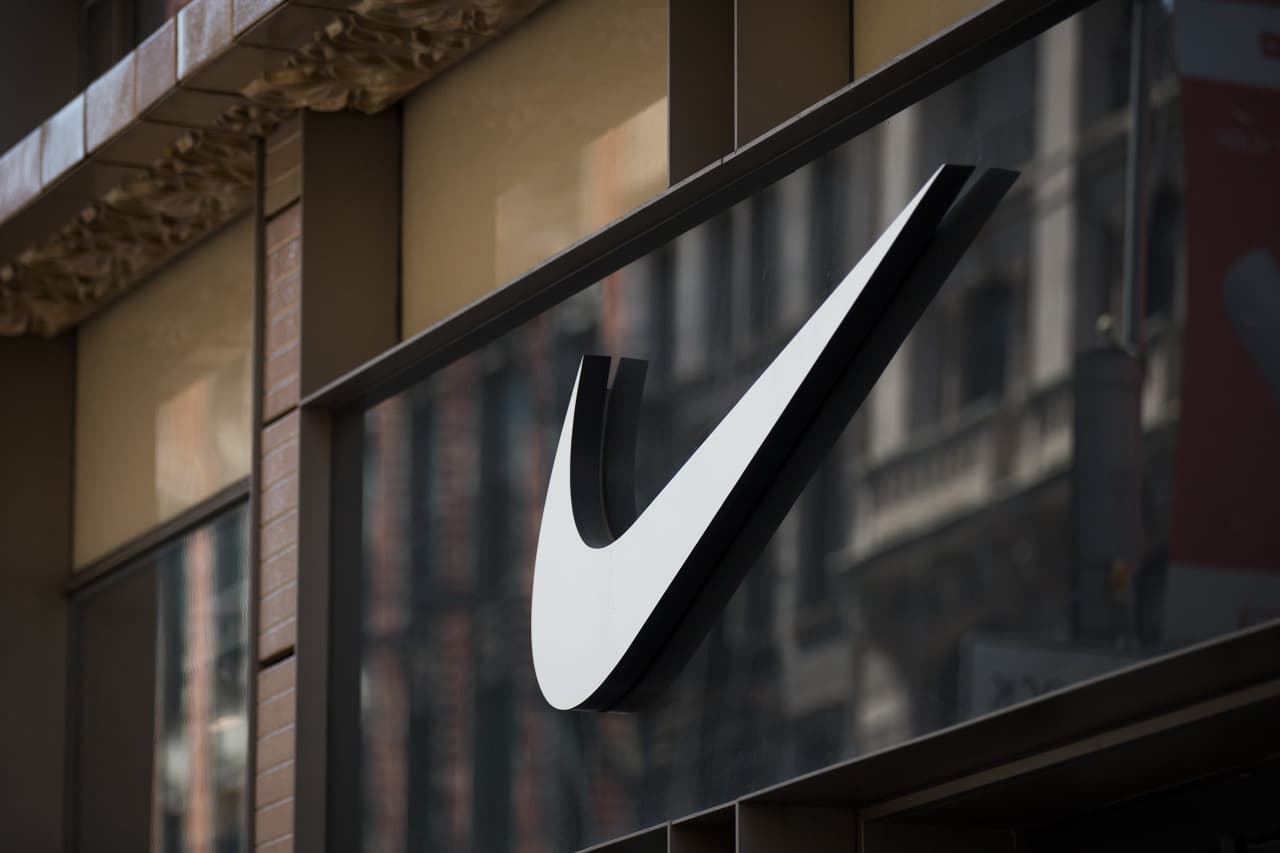The shares of Nike Inc. plummeted after business hours on Thursday after the athletics giant warned of a “softer second-half revenue outlook” at its quarterly results, and said it is targeting up to $2 billion in cost cuts over the next three years. it appears that management will be divested and focused on female customers and the Jordan brand.
NIKE DAT,
+0.91%
said the savings could come from simplifying product selection and using more automation and technology. But the athletics giant has also reportedly begun laying off employees, saying it expected to record pre-tax restructuring charges of approximately $400 million to $450 million, much of which in the company’s fiscal third quarter, “primarily related with staff shortages. dismissal costs.”
Nike did not immediately respond to questions about the company’s job cuts, or how many staff have been or could be laid off. But on the company’s earnings call, management said its plans include “reducing management layers.”
In Nike’s earnings release, Chief Financial Officer Matthew Friend said the company’s fiscal second quarter — in which earnings per share exceeded expectations while revenue was roughly in line — “marked an inflection point in driving more profitable growth.”
But investors seemed skeptical after hours Thursday, as shares fell more than 11%.
Nike announced the cost cuts as apparel and footwear brands try to weather weaker demand overall and a broader price-cutting battle at stores for inflation-battered customers. Those customers have had to set aside more money to cover the costs of increasingly expensive essential goods, at the expense of things like sportswear and sneakers.
“We are seeing indications of more cautious consumer behavior around the world in an uneven macro environment,” Friend said on the call.
Nike executives said consumer demand was strong during back-to-school season, Black Friday and Cyber Monday, but lagged between them. Demand wavered online, but also in China and Europe.
They also said the money they wanted to save would be reinvested in helping Nike become more agile and responsive to consumer preferences, after years of shifting from selling shoes and gear through traditional retail chains to doing business through its own stores and stores. e-commerce channels. They added that these efforts “increased complexity and inefficiency” as competition intensified.
Chief Executive John Donahoe said on the call that the women’s segment of the Nike brand already represents $9 billion in sales. But he said new products – such as bras, leggings, retro-themed running shoes and other offerings that cover both sport and lifestyle – would help attract more female customers.
Within the Jordan category, Donahoe mentioned options that go beyond basketball shoes. Apparel and golf, football and soccer-related products, along with offers aimed at women and children, would also help drive growth, he said.
But for the rest of the fiscal year, Nike’s expectations were bleaker. The company said it forecast “slightly negative” sales growth for the fiscal third quarter. For the fourth quarter, executives expect revenue increases in the “low single digits.” And they said they now expect Nike’s full-year sales to rise about 1%, compared with September’s guidance for profits in the “mid-single digits.”
In its second fiscal quarter ended Nov. 30, Nike reported net income for the period of $1.58 billion, or $1.03 per share, compared with $1.33 billion, or 85 cents per share, in the same quarter last year . Revenue rose 1% year over year to $13.4 billion.
Analysts polled by FactSet expected adjusted earnings per share of 84 cents on revenue of $13.39 billion.
The gross margin increased to 44.6%, helped by price increases and lower sea freight costs.
Outlook this year from sporting goods retailers like Foot Locker Inc. F.L.,
+1.89%
and Dick’s Sporting Goods Inc. DKS,
+0.78%
have also been cautious and Nike has faced competition from the likes of Adidas ADDYY,
+1.01%
and when carrying out ONON,
-1.05%.
Nike management also said in their previous earnings call in September that they wanted to do more to attract women and running shoe customers. However, they noted that demand for the company’s products remained solid and they were “cautiously planning for modest price reduction improvements for the remainder of the year” as the company tightened inventory of sneakers and apparel in stock.
On Thursday’s call, executives said demand for higher-end products was “resilient” and they did not have to cut prices as much as their rivals. And they said new releases – like the Sabrina 1 and Luka 2 sneakers – are the best way to stand out in a sea of discounts.
“We know that in an environment like this, when consumers are under pressure and promotional activity is higher, it is the newness and innovation that drives consumers to action,” Friend said.

